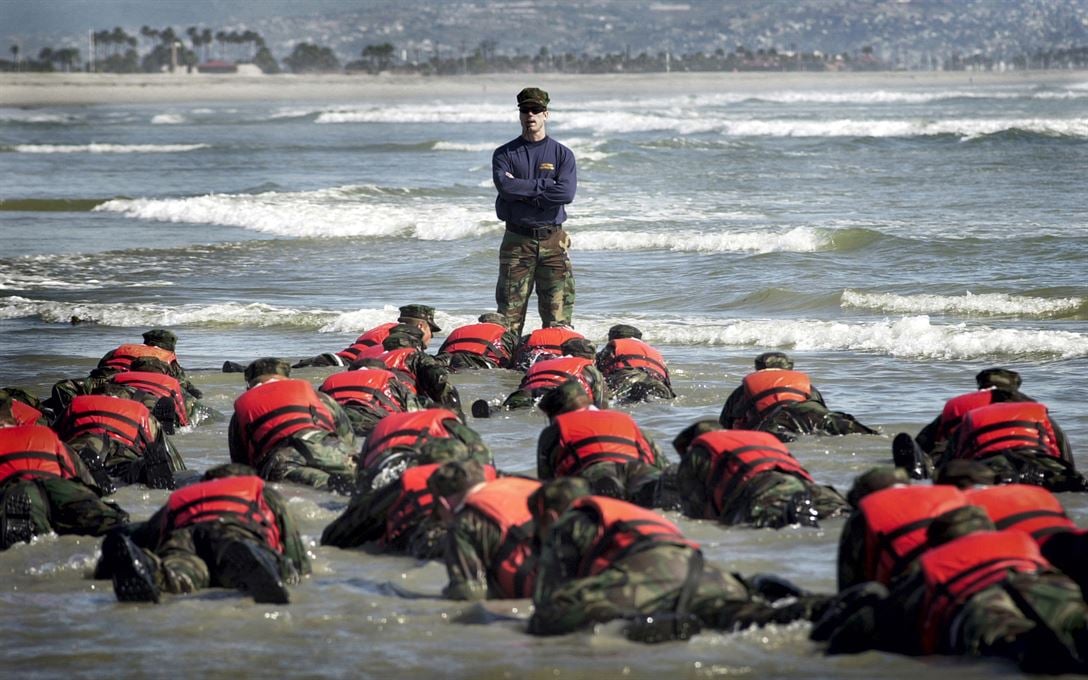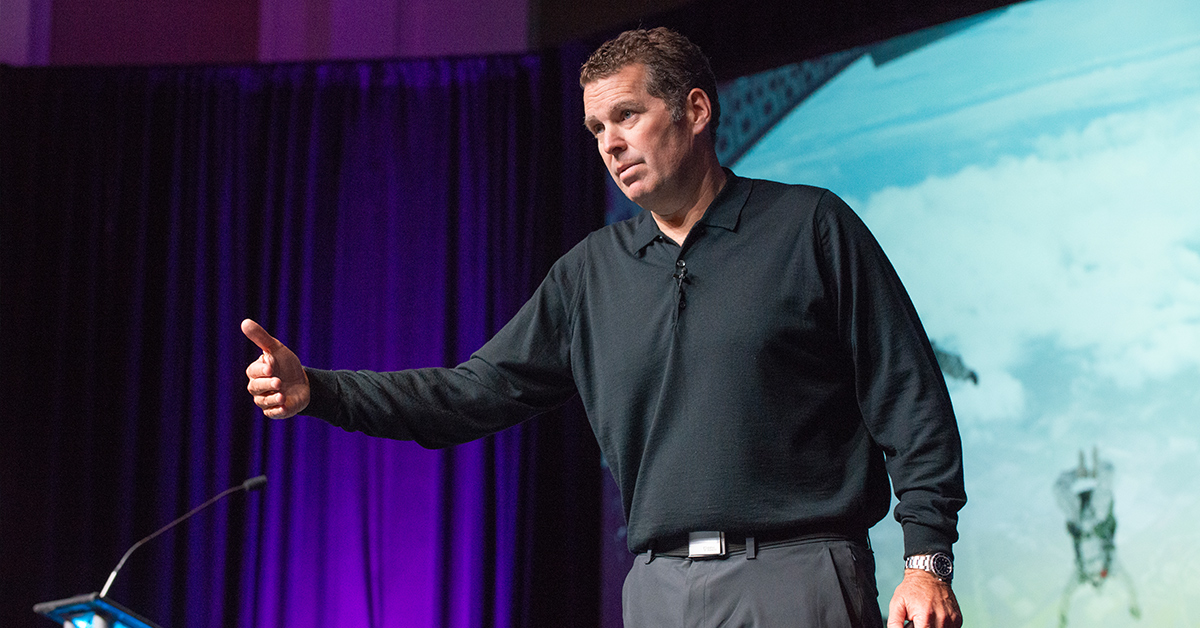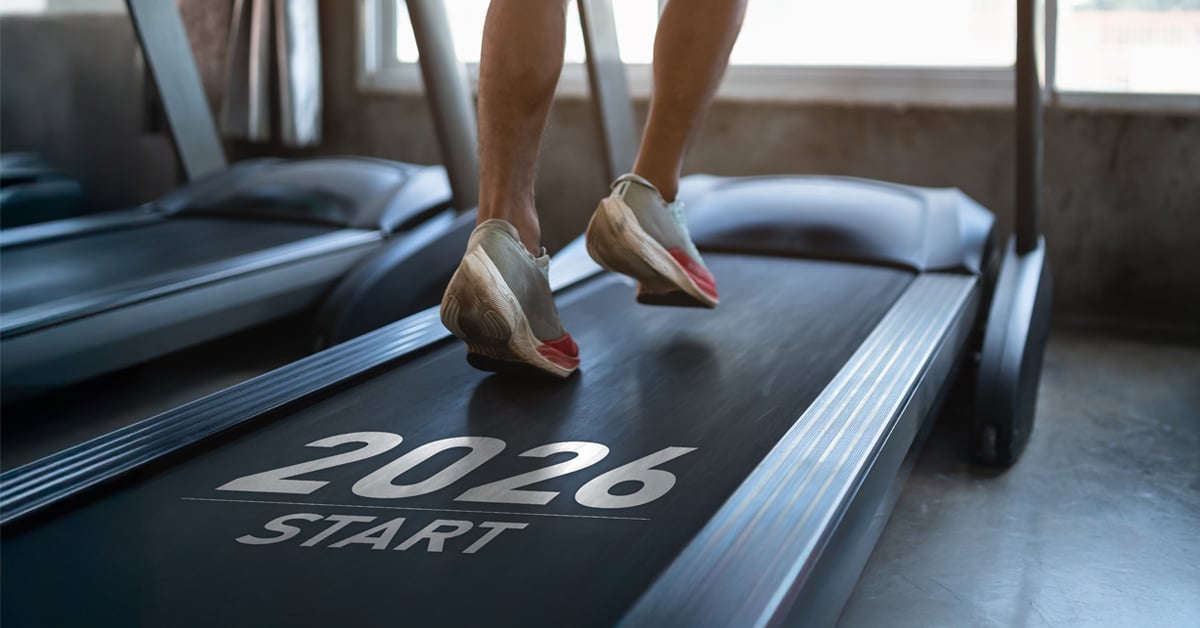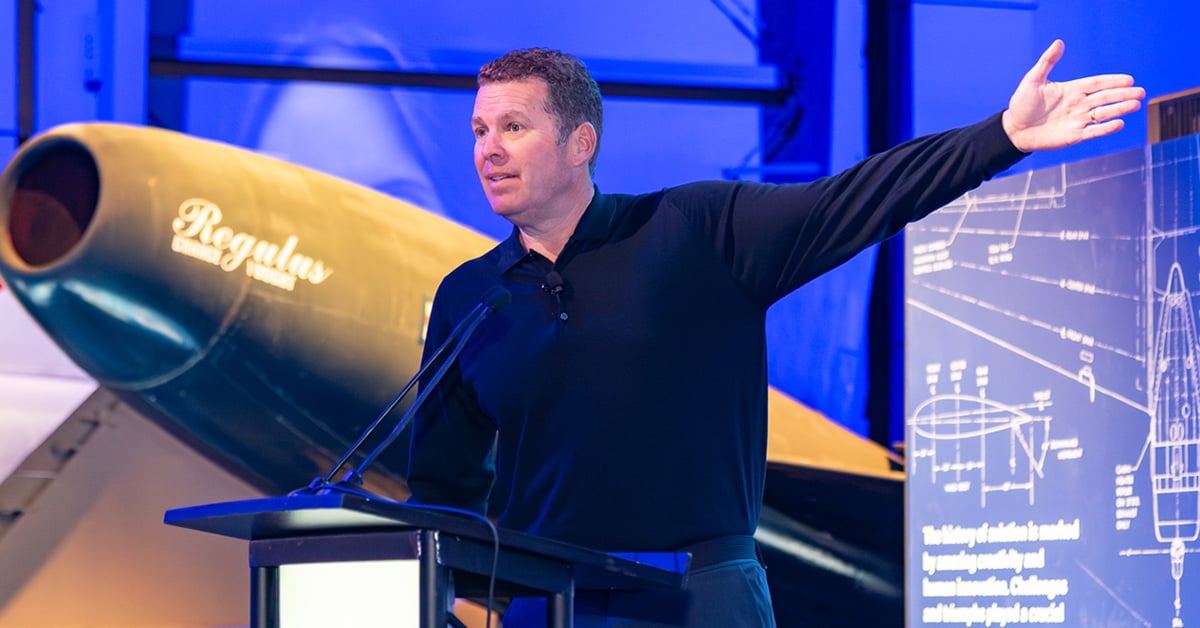You don’t have to go through Navy SEAL training or any other super-advanced military training to understand and use the nuggets they teach us. SEALs and civilians are different, but the rules and lessons are the same and can be applied to your everyday life.
SEAL Team is all about training for a crisis. The lessons SEAL Team taught me, which I use to deal with the coronavirus pandemic, are what I would call the three S’s. They are three very simple things, but they’re really important because they build on each other and give us the roadmap for dealing with crisis.
Crisis is nothing more than a dramatic shift that happens very quickly from certainty to uncertainty. That’s exactly what we’re dealing with now—the uncertainty of how long are we going to be sheltering-in-place, who’s sick and who isn’t sick, how many ventilators are there, and so forth. All of those things pile on top of us and compound the crisis.
Safety
When we shift from certainly to uncertainty very quickly, priority number one is safety—it’s the first of the three S’s and the very first thing we need to focus on during a crisis. In SEAL Team, the crisis could be an ambush—we’re going along a certain path and all of a sudden, BOOM, we’re ambushed. What’s the very first thing you do? You get to a safe position, and of course there’s a little tactical firing going on but it’s safety, first and foremost.
Do our friends and colleagues in quarantine feel safe? If they don’t feel safe, what does it take to allow them to feel safe? If you are leading remotely in an organizational setting, understand that the very first thing you have to address with your dispersed workforce is safety, as well as what safety means to them.
Structure
Once you have taken care of people’s safety needs, the next priority—the second of the three S’s—is structure. When a crisis hits, people have a natural reaction to look inward and become overly self-focused—What’s happening to me? Am I going to be okay?
The reason structure is so important is that it gives us something to focus on. In my SEAL Team ambush example, our first priority, after the immediate fighting back and getting to a safe place, is coming up with a plan. That’s what structure is—we come up with a plan to move from being reactive with uncertainty to becoming proactive and taking ownership of the things we can control. Leaders offer structure and help others recognize how to own what they can control.
Service
After the needs for safety and structure have been met, we now have the opportunity to cross the bridge from where we’re focused on ourselves to a place where we’re serving others—and that’s the third of the three S’s. Once we start serving and making an impact on others, we’re not thinking about our own plight anymore. We’re thinking about lifting others up, being a value to others, and avoiding the traps of self-pity and situational depression, which are very normal reactions.
When we transition through all phases of the three S’s, establishing our safety, providing that structure, and getting people to focus on serving others, that’s how we are going to own this coronavirus and any other uncertainty that will come our way.
For more tips on coping with the novel coronavirus, see also:





